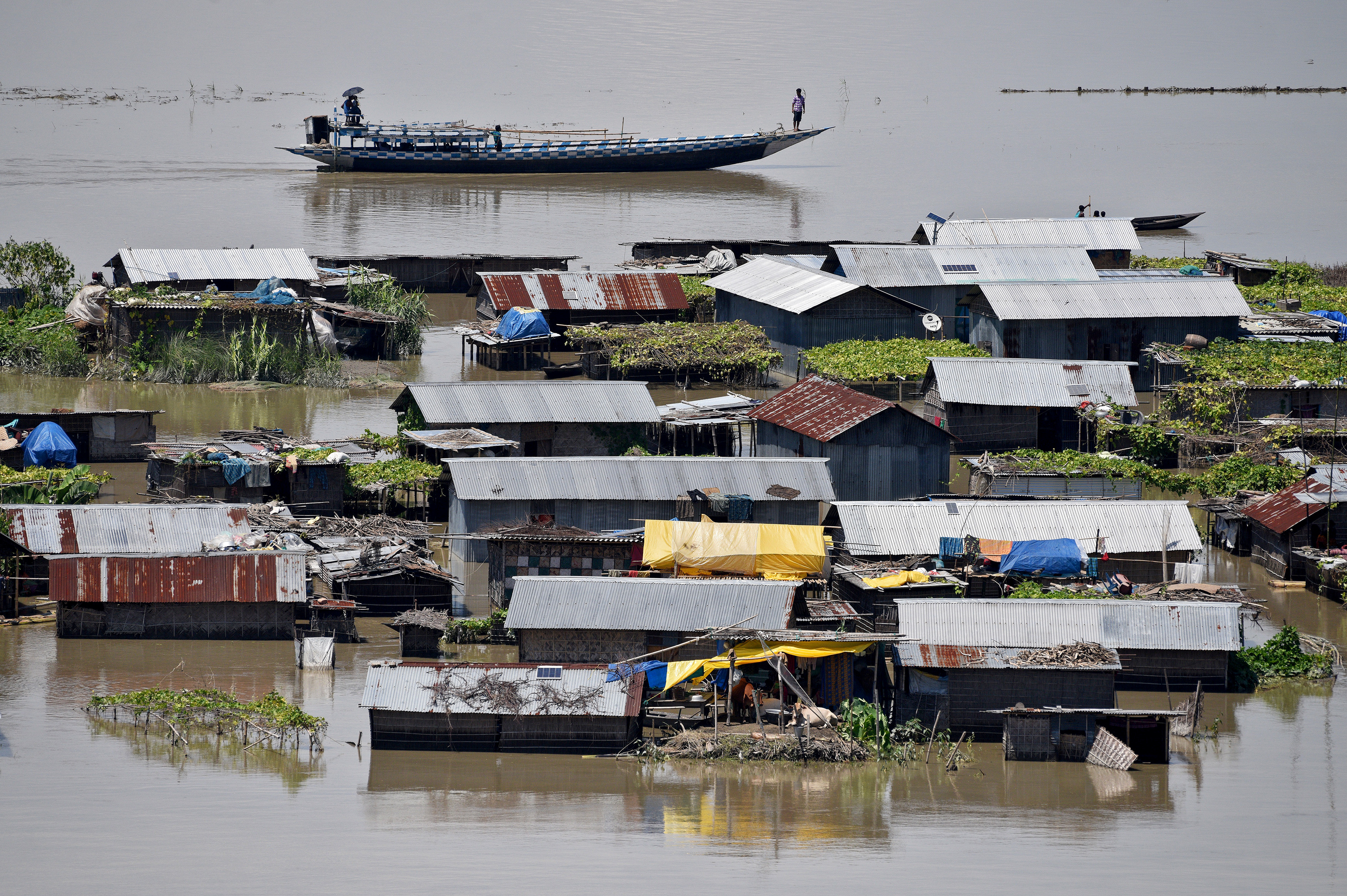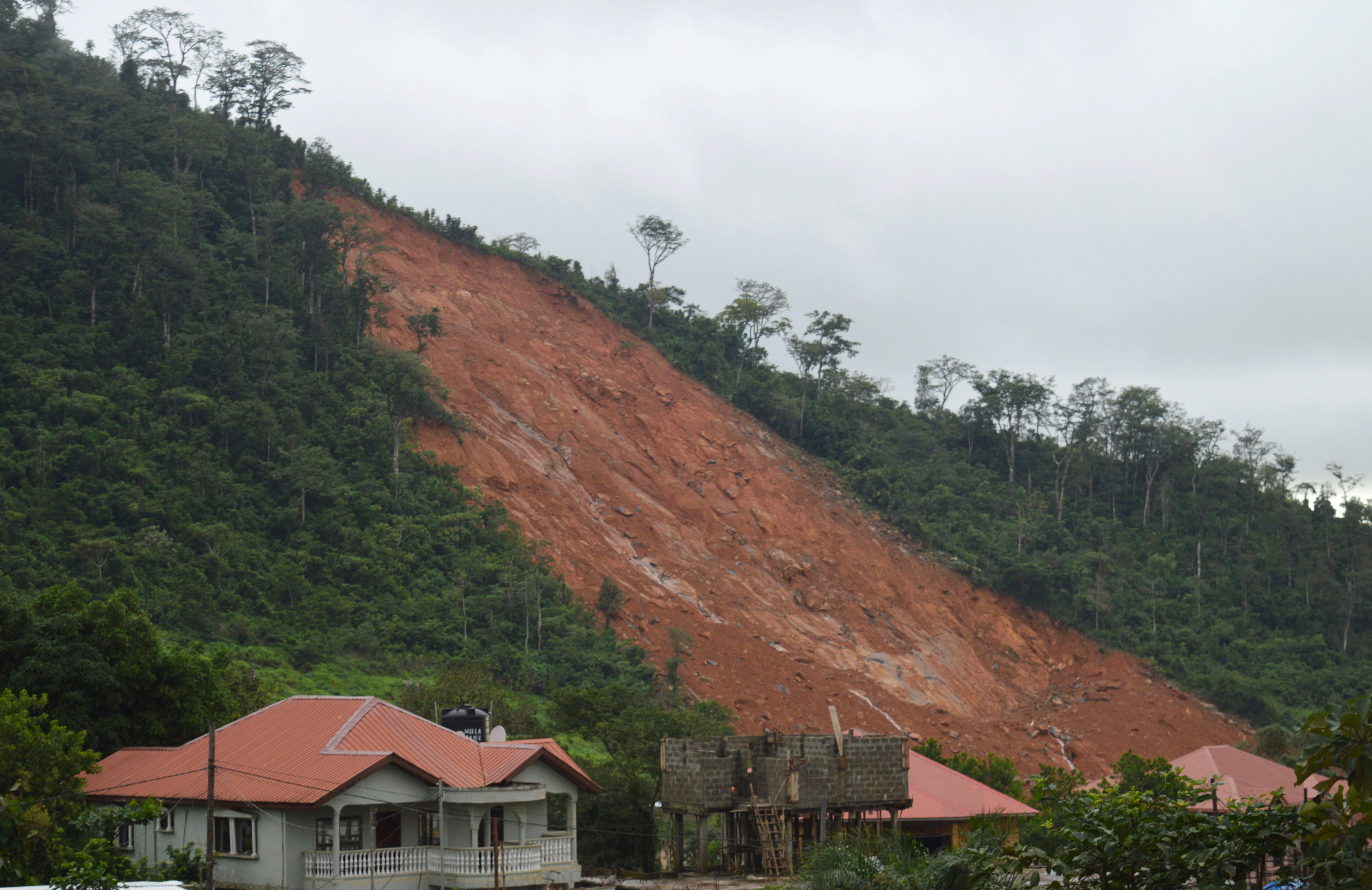
By Patricia Zengerle
WASHINGTON (Reuters) – U.S. Senator John McCain, the 2008 Republican presidential nominee known for political independence during more than three decades in the Senate, has been diagnosed with an aggressive form of brain cancer, his office said on Wednesday.
The 80-year-old lawmaker and former Navy pilot, who was re-elected to a sixth Senate term in November, has been recovering at home in Arizona since undergoing surgery at the Mayo Clinic in Phoenix last Friday to remove a blood clot from above his left eye.
Tissue analysis since that procedure revealed that a brain tumor known as a glioblastoma was associated with the clot, his office said.
McCain’s doctors said he was recovering from surgery “amazingly well” and that his underlying health was excellent. Treatment options include a combination of chemotherapy and radiation.
However, glioblastoma is considered a grade IV tumor, the most malignant of gliomas. Medical experts said it can be very aggressive and spread into other parts of the brain quickly.
“It takes people’s lives almost uniformly … The tumor cells are very resistant to conventional therapy, such as radiation and chemotherapy. It’s a poor prognosis,” said Dr. Richard Ellenbogen, who chairs the Department of Neurological Surgery at the University of Washington.
McCain’s daughter, Meghan McCain, said the family was shocked by the diagnosis but that her father was the “most confident and calm” of them all as he prepared for a new battle against cancer.
McCain has had non-invasive melanomas removed at least three times. He also overcame injuries suffered as a prisoner of war in Vietnam, where he endured beatings and torture by his North Vietnamese captors.
Questions about McCain’s health arose during a recent Senate hearing when the lawmaker, normally a keen interrogator of witnesses, rambled during questioning of former FBI Director James Comey. His doctors told CNN on Wednesday, however, that he had no sign of neurological impairment before or during his surgery.
His fellow members of Congress rushed to offer tributes to McCain and wishes for his quick recovery. Known for an independent political streak, ready wit and strong opinions, McCain is one of the best-known and most popular U.S. lawmakers among his peers and the media.
Senator Lindsey Graham, a long-time friend, said McCain was “resolved and determined” when they spoke by telephone. “This disease has never had a more worthy opponent.”
While known as a fierce advocate for strong U.S. military action overseas, McCain also has a reputation for working with Democrats on issues from clamping down on campaign finance abuses to immigration reform. This week, McCain called for a bipartisan approach to overhauling the U.S. healthcare system.
‘GIVE IT HELL, JOHN’
“Senator John McCain has always been a fighter,” said President Donald Trump. “Get well soon.”
Former Democratic President Barack Obama, who defeated McCain for the White House in 2008, called McCain “an American hero and one of the bravest fighters I’ve ever known. Cancer doesn’t know what it’s up against. Give it hell, John.”
McCain was one of Congress’ most vocal critics of Obama’s foreign policy, but he has also raised questions about Trump, a fellow Republican.
McCain found himself to be a brief side issue in the race for the 2016 Republican presidential nomination when he criticized Trump, who responded by saying McCain was not a war hero because he had been captured by the Vietnamese.
Senate Majority Leader Mitch McConnell called McCain, the chairman of the Armed Services Committee, a hero and said he looked forward to having him back in Washington.
McCain, the son and grandson of admirals, was a U.S. Navy pilot. His plane was shot down over Vietnam in 1967 and he spent 5-1/2 years as a prisoner of war.
One of McCain’s proudest moments as a U.S. senator was working to pass legislation banning torture in 2015.
When he was offered release because of his father’s rank, McCain refused to be freed before those who had been held captive longer. He finally returned to the United States in 1973, with other prisoners of war.
McCain’s absence this week has complicated efforts by Trump and his fellow Republicans to repeal Obama’s Affordable Care Act, popularly known as Obamacare. McCain’s absence from Washington makes it difficult for McConnell to gather the 50 votes he needs in a chamber where the party holds only a 52-48-seat margin.
His absence could also complicate progress toward passing the annual National Defense Authorization Act, a $700 billion piece of legislation setting policy for the Department of Defense that must pass every year.
(Reporting by Patricia Zengerle; Additional reporting by Steve Holland, Richard Cowan and Yasmeen Abutaleb in Washington, Eric M. Johnson in Seattle and Dan Whitcomb in Los Angeles; Editing by Kieran Murray and Peter Cooney)










